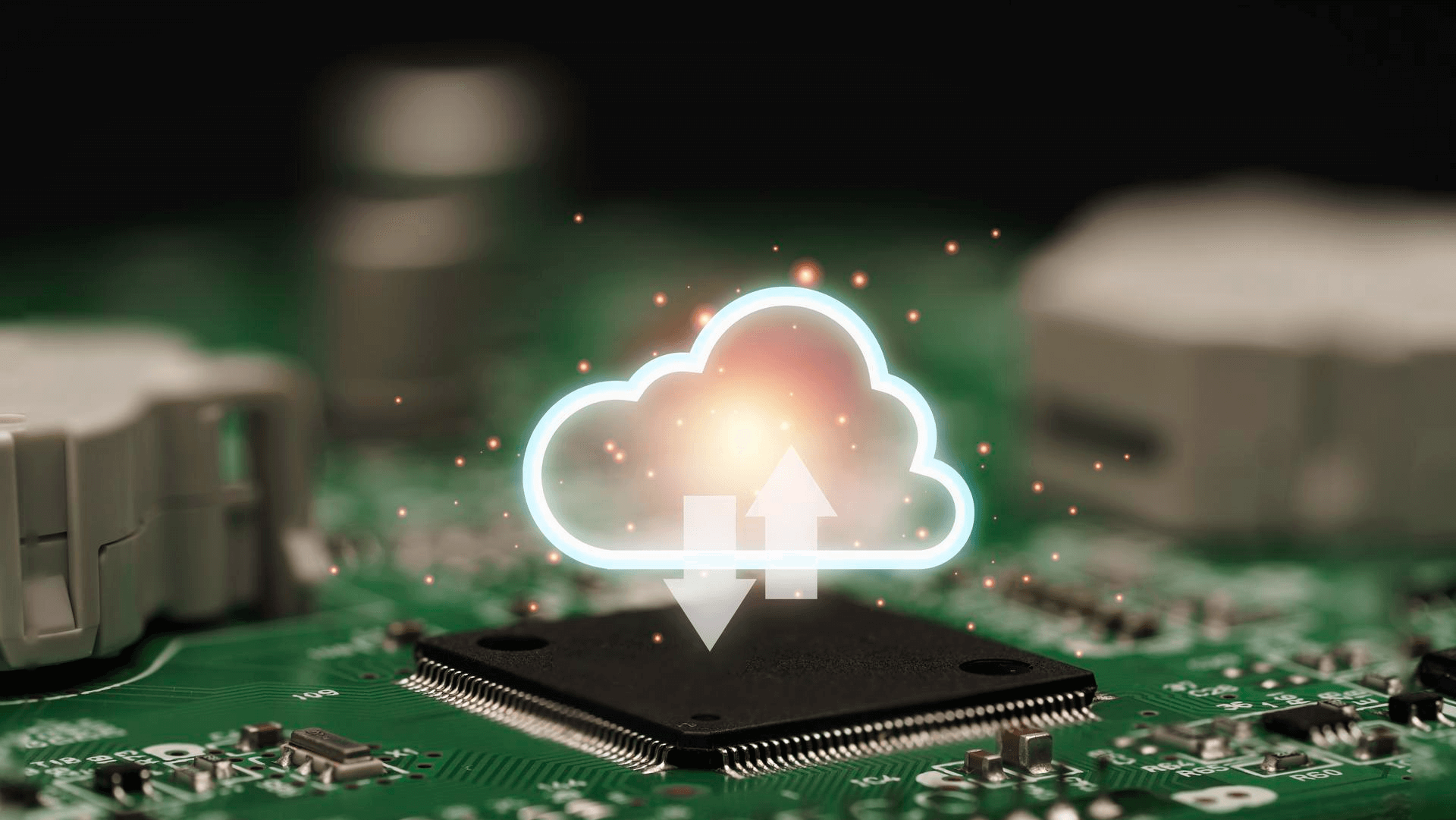
Cloud governance is a set of rules and policies adopted by companies that run services in the cloud. Organizations need to incorporate enterprise governance, corporate governance or consistency, and business governance into their systems to achieve their goals.
Cloud governance helps organizations ensure that data security, system integration, asset deployment, and other aspects of cloud computing are properly planned and managed. Cloud governance is highly dynamic, as cloud systems are often created and maintained by different organizational teams, involve third parties, and may change on a daily basis. It is here that cloud governance works to ensure that complex environments are aligned with organizational policies and cloud governance.
Today we will discuss some of the best governance practices that organizations can follow to make the most of their cloud framework.
Maintain Focus on Organizational Goals
Whether an organization adopts a public, private, or hybrid cloud, the cloud governance model should prioritize the business. The organization's long-term financial and strategic goals must be aligned with the cloud infrastructure and usage. In other words, the cloud framework must be designed in such a way that each process and method in the cloud framework and the processes and methods that support it must help the business achieve the desired outcomes.

It is important to clearly define the cloud governance strategy and ensure that all the terms, benefits, and challenges of that strategy are understood by all. This is even more important for organizations transitioning to the cloud, where the challenges and unknowns are higher.
As a first step in cloud migration, organizations must draft and communicate business objectives across the organization. Otherwise, this will result in IT operations teams likely operating and maintaining a vague cloud framework with vague or completely unknown business objectives.
Implement a strong security and access management strategy
Neglecting security can be a huge mistake, as cloud environments contain a large number of connected devices and tool integrations, which provide more opportunities for cybercriminals to attack.
Avoiding security incidents is critical as it allows organizations to maintain a secure and efficient cloud ecosystem. This can be achieved by .
1. Establishing a DevSecOps model that integrates security into all phases of development and operations
2. Using left testing methods to detect vulnerable defects in the early stages of the software development life cycle (SDLC)
3. IAM tools for authentication and authorization control
4. Security-as-code model to write security policies for automated delivery

Minimize resource usage and costs
Cost optimization is critical for every enterprise to improve its bottom line. IT teams can reduce costs through a robust governance mechanism that helps identify and eliminate idle resources and optimize the scale of computing services.
A policy framework is also needed that employs practices such as discarding underutilized or unattached resources, designing applications that launch resources on demand, leveraging heat map tools such as AWSCloudWatch, and planning the use of reserved instances for greater cost efficiency.
Emphasize auditing and compliance
Cloud governance must define the tools, processes, and personnel responsible for enforcing compliance within existing workflows. In addition, the hosting provider must be equally attuned to regulations requiring proof of compliance, scope, and responsibility.
Organizations can take additional actions to embed regulatory compliance, such as using a "policy-as-code" model that automatically enforces policies in the delivery pipeline. They can also include procedures to perform frequent audits to embed compliance.

Automation to Accelerate Delivery
Automation is a key element in any effective cloud framework, both as an enabler and as a result. Effective automation governance must mandate the adoption of tools, processes, and methods that contribute to further automation. These practices include adopting a DevOps model to automate delivery and integration, using tools to automate monitoring and alerting, enabling container-based orchestration, and implementing persistent storage, databases, web servers, and virtual networks for faster application delivery.
Some of the basic practices of a good architectural framework are as follows.
Operational Excellence:To make workloads run efficiently, it is best to perform all operations as code, develop applications incrementally with small changes, and optimize processes frequently.
Security:Implement strong identity and access controls to ensure application security.
Performance efficiency:Use serverless platforms to bring operational efficiency. Deploy workloads across multiple regions to reduce latency.
Reliability:Distributed workloads, utilizing only the resources needed for production workloads, enable reliable application recovery automatically.
Cost optimization:Use cloud financial tools to help monitor resource usage and spending.






